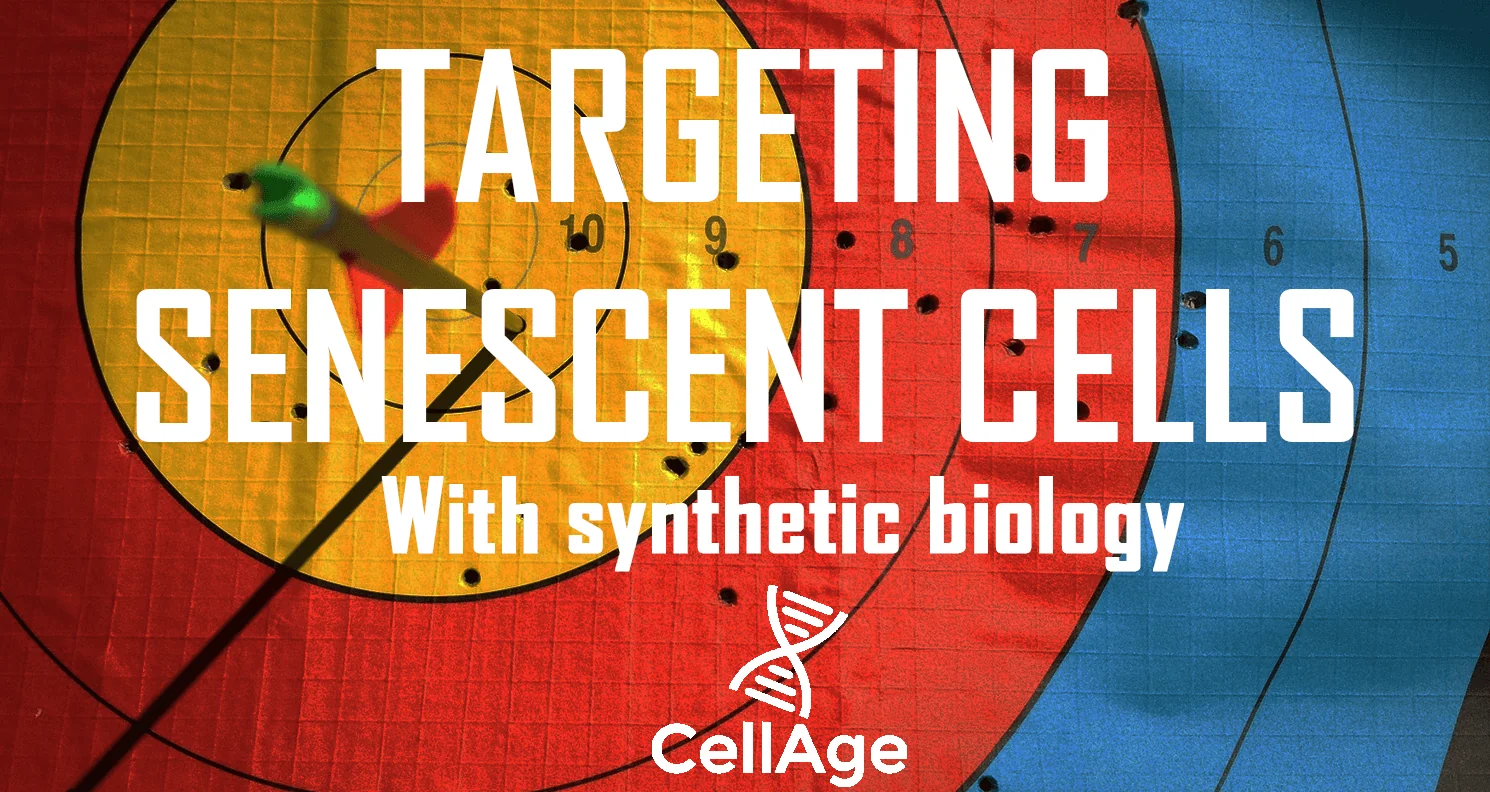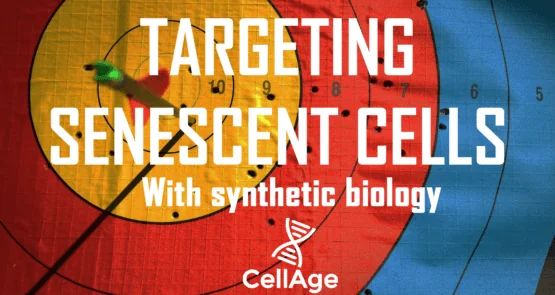Over the past few weeks, CellAge has been producing a number of video shorts to answer questions about its current fundraising campaign on Lifespan.io, so we have compiled them here in a single digest.
Its project aims to develop synthetic biology tools for detection and removal of toxic senescent cells that accumulate with time, causing inflammation and promoting age-related diseases. The removal of these cells has been a recent prominent focus of research in the aging field.
Are you a for-profit company?
“Yes. The reason why we are a for-profit is that it would be extremely hard to raise the funds needed to develop such tools and therapies otherwise (preclinical and clinical trials etc.). Like it or not, investors are looking for return on their investment, and this is the main source of money for most translational research.
For example, initiatives like SENS help develop technologies to a proof of concept stage, but after that, these technologies still need to be spun-out into for-profit companies; further development requires an injection of a lot of capital, and that usually comes only from investors who are looking for profit.
That being said, we will be making our first tools to target senescent cells available free of charge to researchers to help the entire field have access to a new aging biomarker and speed up progress.”
Is it safe to remove senescent cells?
“It depends how you remove these cells. You definitely do not want to stop cells from being able to become senescent, for example, because this ability helps wound healing and stopping cells from turning cancerous. Periodically removing these cells, however, could allow us to enjoy the positive benefits while also avoiding the negative aspects of having senescent cells in the tissues long-term, such as inflammation and contributing to age-related diseases.
Like all things, it is a question of balance, and we would have to carefully monitor how many and how quickly we remove senescent cells in order to fine-tune the process. Increasing amounts of research data shows that the benefits of removing these non-dividing cells are positive for health and longevity, and the hope now is that these results will translate to humans. Given the tests on mice and human cell lines, there is good reason to be positive about this potential.”
Can your technology be used to treat other SENS damages?
“I do believe it can! Synthetic biology is a broad field, but, in this case, we are talking about computing within the cell, potentially targeting many aspects of biology for potential modification.
I believe this approach can actually address all aspects of SENS (and this is why I have chosen to do synthetic biology), as you are basically creating new commands within the cell.
So, just imagine a situation where, for example, you create a synthetic circuit which senses different biomarkers within the cell, and if correct markers become present, the cell is removed (OncoSENS and ApoptoSENS) or is forced to perform asymmetric division to remove some junk (LysoSENS and MitoSENS) and so on. So yes, I believe there is promising and bright future for both synthetic biology and ageing research.”
Are senescent macrophages the problem?
“Only time and research will show if these senescent associated macrophages are the key cells that we should be aiming to destroy, and it might be so, but I think all senescent cells play a critical role in lowering the regenerative capacity of tissues.
It might indeed be the case, however, that only senescent macrophages need to be targeted, and that is where our technology has potential. If you use small molecules or generic promoters, such as p16, it might be very hard (if not practically impossible) to remove only the senescent macrophages, and that kind of specificity is something our system could help with.
The synthetic promoters that we will construct will be customized based on the input of cell types that we have, so if we use senescent fibroblasts, we will compile a sequence which only targets senescent fibroblasts. However, if we use senescent macrophages in our screen, the same is true. Bascially, we could customize the synthetic program to be selective and remove certain cell types only if needed.”
When will we see results from your research?
“For the development of our senescent cell detection system called SeneSENSE, we could see this arrive as soon as Q4 2017. The SeneSENSE system will be given freely to researchers in a bid to speed up progress in the field, and it will help with applications like identifying new senolytic candidates, assessing biological age, and confirming efficacy of senescent cell removal therapies.
Following this in Q4 2018, our stem cell quality control system would be introduced, allowing increased quality for stem cell transplants by accurately spotting senescent cells and allowing them to be removed prior to transplant.
Based on the current timeframes in research, we could see pre-clinical testing by 2019 with first application of our SeneHEALTH senescent cell therapy by 2028.”




